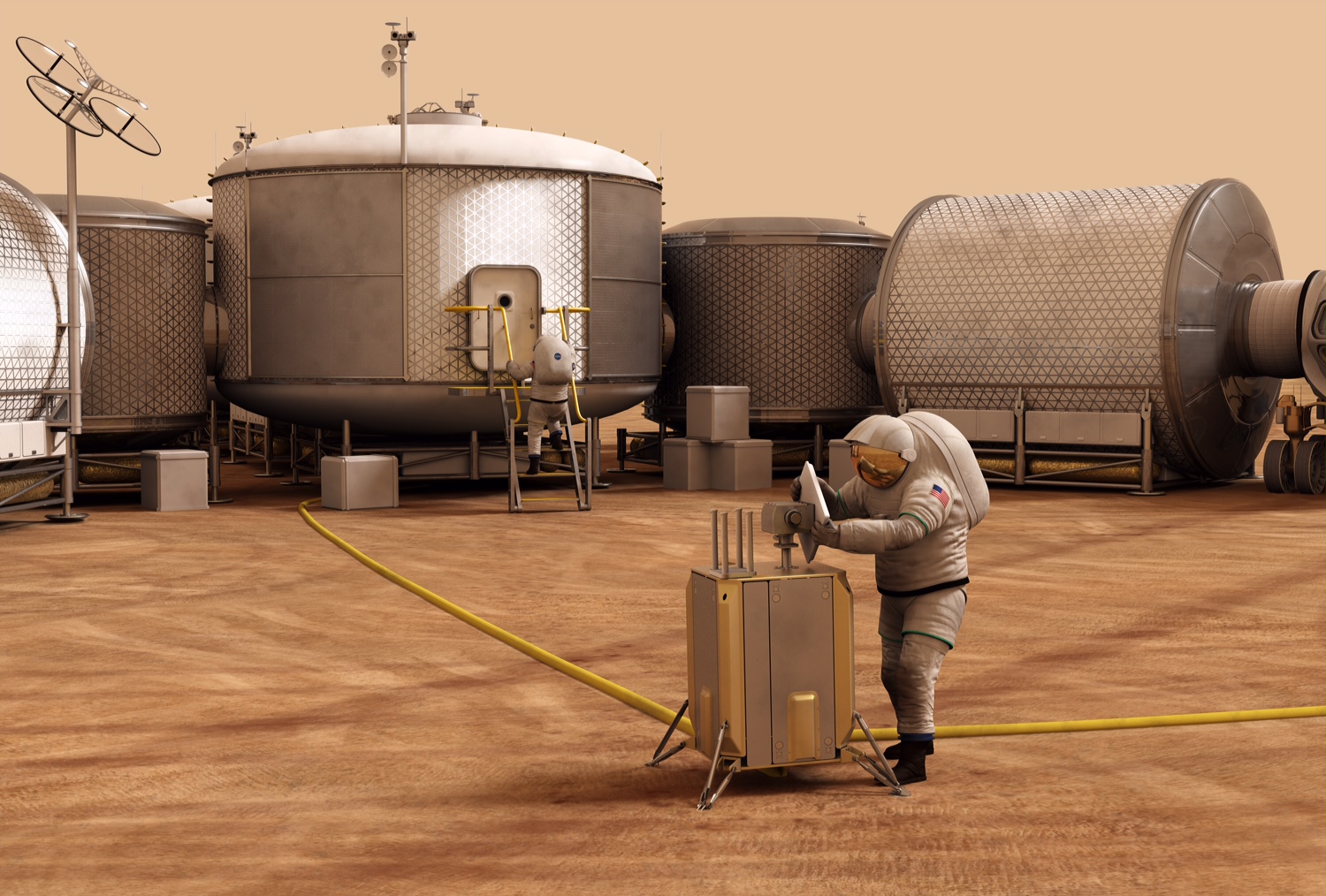NASA is working hard to develop the technologies astronauts will use to one day live and work on Mars, and return safely home. While there is much work ahead on the pioneering journey to Mars, one has to wonder: Where exactly will humans first land? This question was the basis for a recent workshop in which the agency collected 47 proposals for locations on the Red Planet that would provide natural resources to enable human explorers to land, live and work safely on Mars as well as provide a rich destination for scientific discovery.
Once safely on Mars, astronauts will be expected to have the mobility to travel long distances from their habitat to perform scientific research and harvest Martian resources for sustainability. Exploration zones, or EZs, are areas of approximately 60 miles (100 km) in radius, and include a viable landing site, habitation site, and include scientific regions of interest.
While it is too early to identify where the first humans will land exactly, they will land in a pre-designated EZ, and begin building the infrastructure to support human life on Mars. New orbital and surface data from the Red Planet, contributions from our partners and advances in space exploration capabilities over the next several years will ultimately determine the exact configuration of the first human landing site(s).
Based on current studies in hardware and operations necessary for a sustainable human presence on Mars, the animation below represents work of the Human Spaceflight Architecture Team’s Evolvable Mars Campaign. It illustrates just one of many potential concepts for how an EZ might evolve over the course of multiple human and automated cargo missions spanning upwards of two decades.

